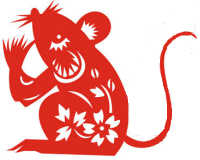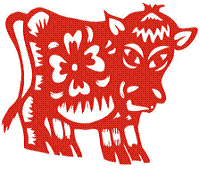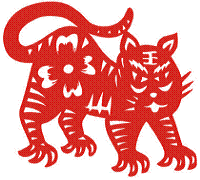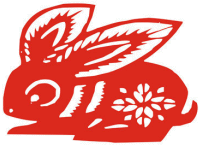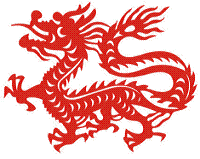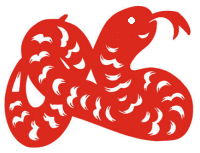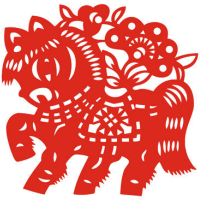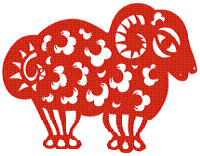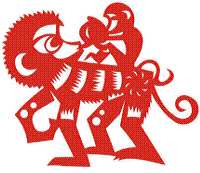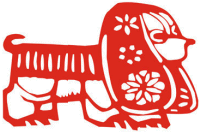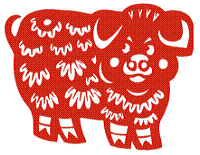Please check out my new book REVELATION! – Reveal Your Destiny with Essential Oils
Amazon USA Booktopia AU Amazon UK

Baltic Amber – from a few different tree species in the Mediterranean
The other day my client asked me about amber oil. I told her that I’d researched it years ago and that it didn’t seem to be straight forward – and that I’d forgotten everything too, and that I never used it. She had a little sample of resin and it did smell beautiful. So what is her sample, really?
It seems there’s a few stories floating around out there which include –
Ambergris – sperm whale vomit or poo
Liquidambar orientalis – the sap from the tree
Baltic amber or succinite – the hard crystals we know that are used for jewelry
and
Pinus succinefera fossil – fossilised sap
Here’s what I can gather about the truth of Amber oil.
Ambergris

ambergris – I think
Ah yes the lovely scent of sperm whale poo and vomit. The ambergris seems to be a secretion in the digestive system of the whale to protect it’s gut from spikey cuttlefish. It is excreted with fecal matter, or regurgitated if the amount is too large to pass.The story goes that this intriguing substance was found around the Atlantic Ocean along the shorelines of many countries including Australia and NZ, Japan, South Africa, The Maldives and other areas in the world. Apparently as it aged, the scent changed to a sweet balsamic, earthy odour and was therefore grabbed and distilled by perfumers to use as a fixative in scents. It can still be found today and is worth a lot of money! If you have a perfume with that listed it would be synthetic. Most modern perfume is synthetic anyway, so don’t panic, there’s no vomit in your fragrance.
Fragrantia.com give a great review of a book called “Floating Gold, A Natural (an Unnnatural) History of Ambergris” by Christopher Kent which goes into great detail about ambergris in all it’s glory.
Liquidambar orientalis
This seems to have more credit in the ‘amber stakes’. The name also has “amber” in it so there’s a bit of a hint (or coincidence). This gorgeous tree is planted all over Sydney and I believe it originates from the Mediterranean region, particularly in Turkey. The trees are referred to generally as “sweet gum” and these forests in Turkey (according to wikipedia) are under threat due to dam building and clearing for agriculture. This oil is also produced in India, and the tree is also native to India.
In English, this oil is known under several names, shortly as Storax to include all sweetgum oils, or as Styrax Levant, Asiatic Storax, Balsam Storax, Liquid Storax, Oriental Sweetgum Oil, or Turkish Sweetgum Oil. …. it is used externally in traditional medicine for abrasions, anxiety, bronchitis, catarrh, coughs, cuts, ringworm, scabies, stress-related conditions and wounds. It is a different product than the benzoin resin produced from tropical trees in the genus Styrax.
Wikipedia
I have never used this oil but now I’m a bit desperate for it. It sounds bloody gorgeous. We had a beautiful liquid amber tree in our backyard when I was growing up. I did a school project on it – if I’d only know it contained a medicinal, scented secret!
As with Frankincense and Myrrh, the tree is tapped and the sap collected. To produce the oil, the resin then undergoes steam distillation.
Baltic Amber

Baltic Amber with a fossilised insect
Baltic amber refers to fossilised tree resin from a variety of conifers living around the Scandinavian countries and the Baltic region. The Pinus succinefera is one of these trees and this stone is sometimes referred to as succinite (and also because it contains succinic acid). The Baltic region contains most of the world’s supply of amber which could be between 40 to 60 million years old! Oh dear should we really be digging this up?
So this leads us to the claims that this stone can produce a resin, then an oil.
Pinus succinefera – fossil

Pinus succinefera – the fossil – also possibly Baltic amber
This fossil relates to the Baltic Amber above. But can the stone produce this oil? How is it extracted? Dry distillation could be used, whereby a solid is heated to produce gasses and materials which are then condensed and collected. Or is Baltic amber just thicker and older that the thin slivers of Pinus succinefera in the pic above?
There are stories of this stone and resin/oil being used by the Romans and Greeks to use medicinally and in rituals. Did they have dry distillation techniques or were they collecting sap of pine trees and distilling it?
So if you’re buying an “amber oil” you’ll want to know what the botanical name is so you can work out what you’ve got.

